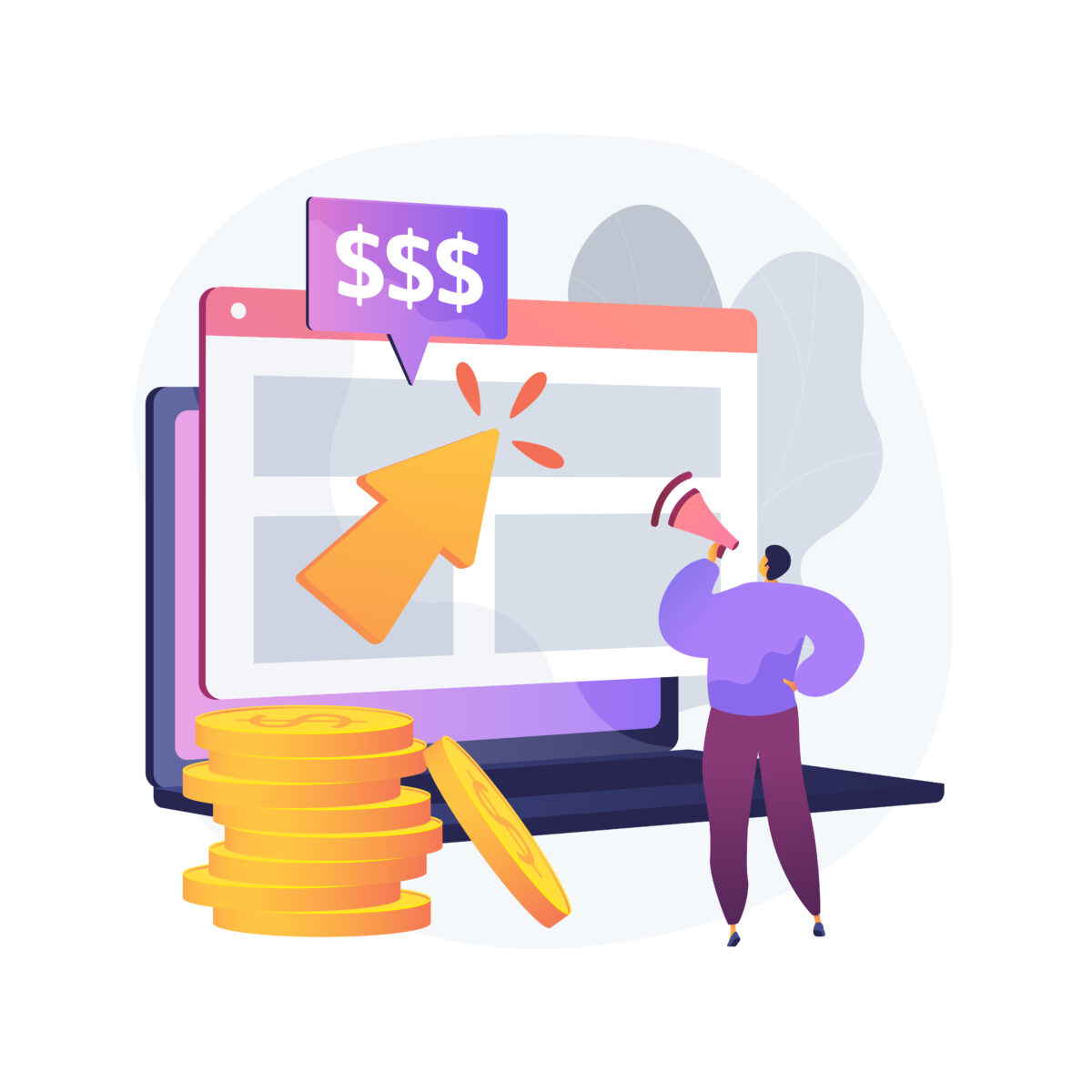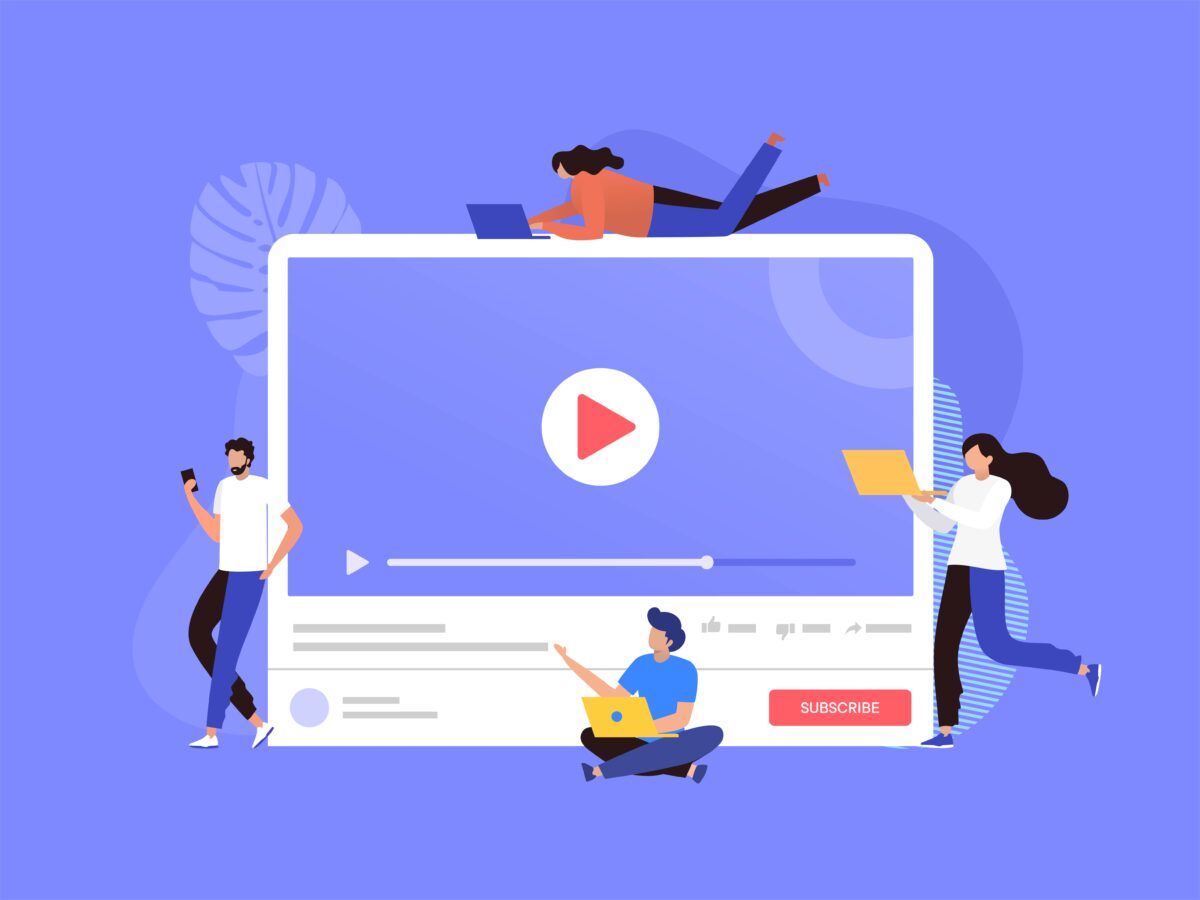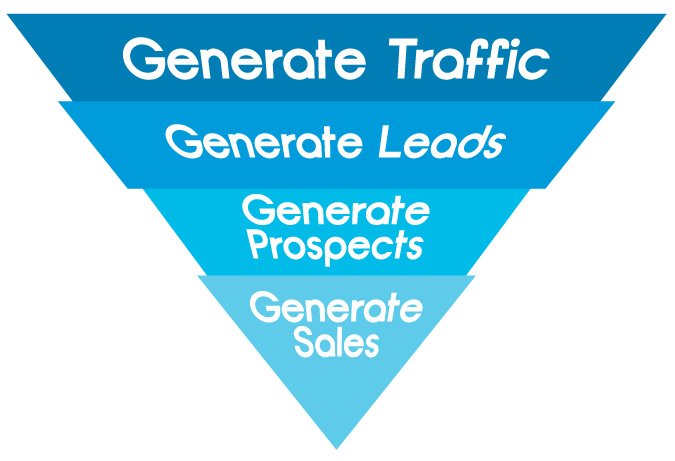Microsoft is reentering advertising.
Microsoft’s ad revenue has reached a milestone of 10 billion dollars and its investment is poised to awaken like a sleeping giant. According to recent reports, the tech giant’s advertising business has grown significantly, leading to speculation about its future plans in the industry. As one of the biggest tech companies in the world, Microsoft’s investment in advertising has the potential to shake up the market and make a significant impact. The company’s investments and efforts in this area are being closely watched by industry experts, who are eager to see what it has in store.
As Microsoft continues to grow its ad revenue, it is likely that the company will be making more strategic investments in the space. The company’s significant presence and technological capabilities position it as a major player in the advertising industry. With the continued growth and expansion of digital advertising, it’s only a matter of time before Microsoft becomes a major force in the space. Whether it chooses to partner with existing players, acquire promising startups, or build out its own ad technology platform, one thing is for sure: Microsoft’s impact on the advertising industry is about to get a lot bigger.
Moreover, this company’s investments in artificial intelligence and machine learning also put it in a unique position to offer innovative advertising solutions that take advantage of these technologies. The company’s expertise in these areas, combined with its vast resources, can be leveraged to create cutting-edge ad products and services that deliver a superior experience for both advertisers and consumers. This, in turn, could help the company stand out from its competitors and solidify its position as a leader in the industry.
Microsoft has formed partnerships with several companies to increase its ad revenue. One notable partnership is with TikTok, the popular social media platform. The partnership allows Microsoft to tap into TikTok’s large user base and bring new advertising opportunities to the market. Another partnership is with Verizon Media, which gives Microsoft access to Verizon’s massive reach and advertising inventory. This partnership has the potential to drive significant growth for both companies in the advertising space.
These partnerships are just a few examples of Microsoft’s strategy to increase its ad revenue. By leveraging the resources and expertise of its partners, Microsoft is able to expand its presence in the advertising industry and offer innovative solutions to advertisers. The company’s ongoing efforts to form strategic partnerships and grow its ad revenue are a testament to its commitment to becoming a leader in the advertising world.
Microsoft has also formed a partnership with Xandr, the advertising technology platform of AT&T. The partnership allows Microsoft to integrate Xandr’s advertising technology into its own platform and offer advertisers a comprehensive suite of advertising solutions. The partnership gives Microsoft access to Xandr’s advanced targeting and data capabilities, which can help the company deliver more relevant and effective advertisements to consumers. This, in turn, can drive higher engagement and revenue for Microsoft’s advertising business.
The partnership between Microsoft and Xandr is a key part of Microsoft’s efforts to increase its presence in the advertising industry. By leveraging Xandr’s technology and expertise, Microsoft is able to offer more advanced advertising solutions to its customers and increase its competitiveness in the market. The partnership is expected to drive significant growth for both companies and solidify their positions as leaders in the advertising world.
Reaching 10 billion dollars in ad revenue and its investments in the advertising space signal the company’s serious commitment to the industry. With its technological prowess, financial resources, and strategic vision, Microsoft has the potential to shake up the advertising world and take the industry to new heights. The company’s next move will be closely watched, and the industry is eager to see how Microsoft will harness its capabilities to transform the advertising landscape.







